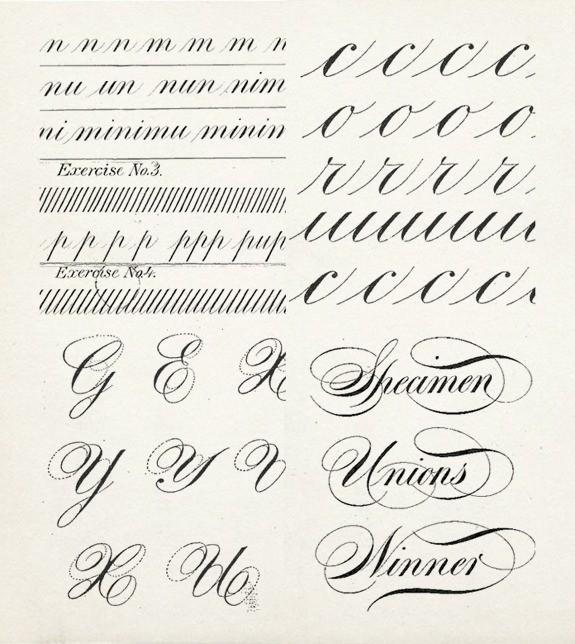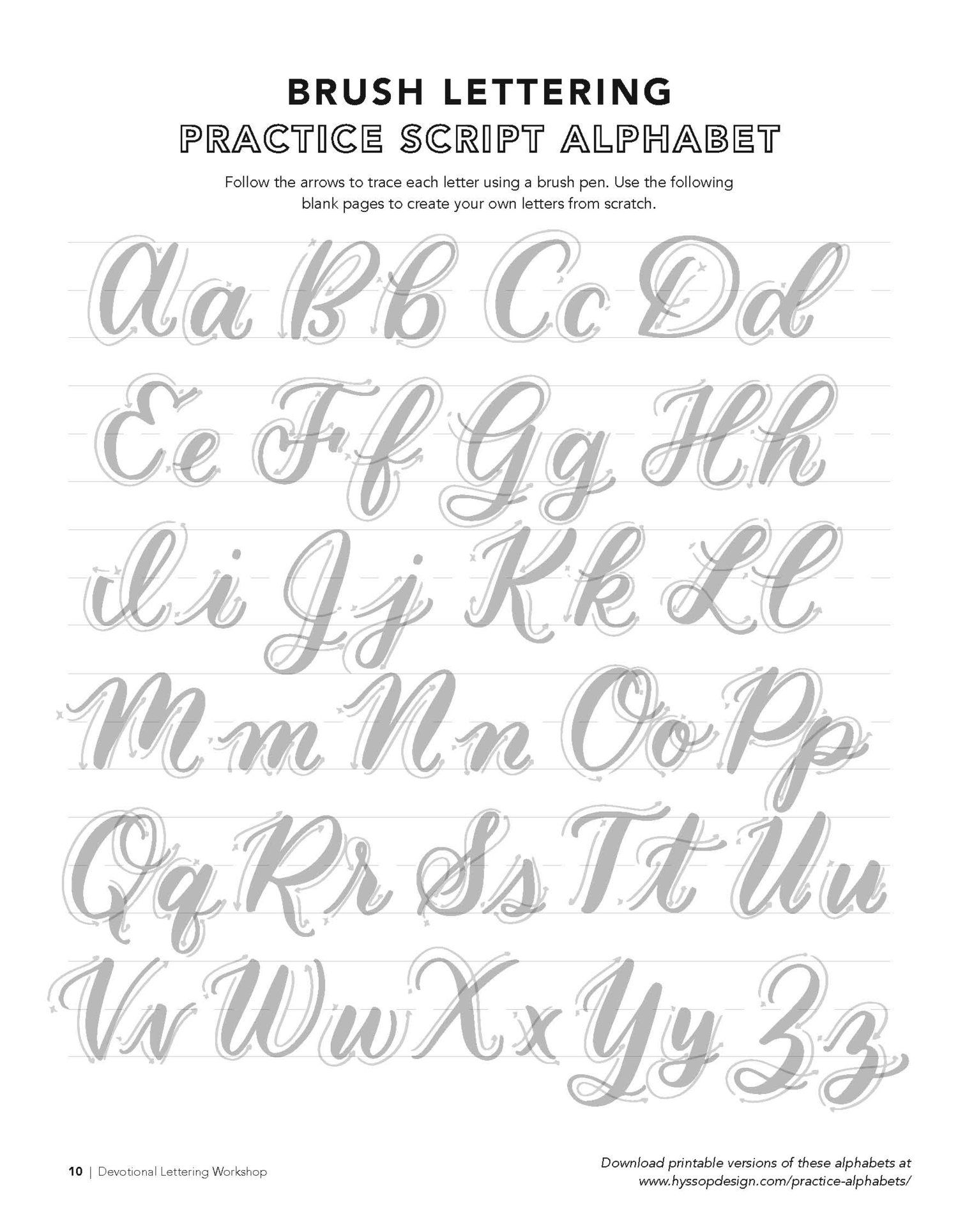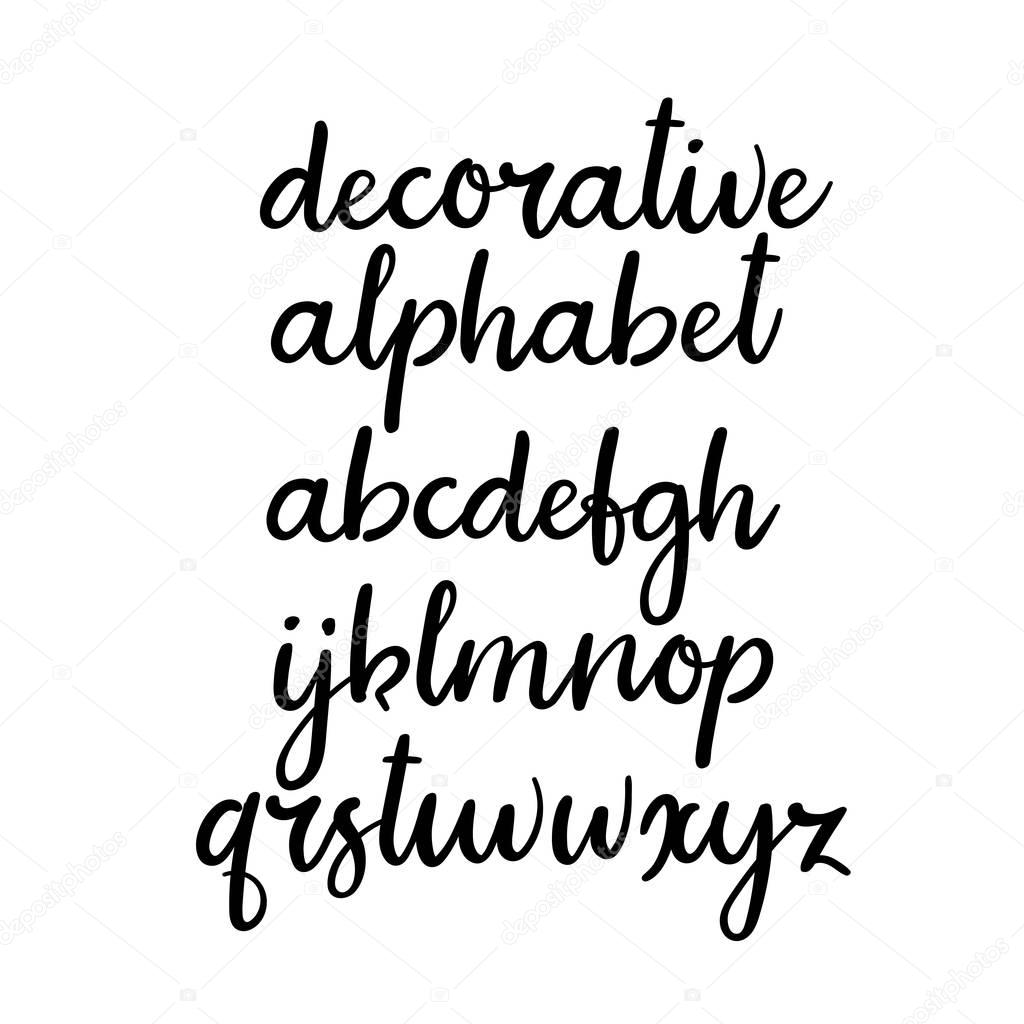
You can use a bare sheet (right out of the pack) to write on, or print guidelines to practice on, or even use this paper to create final pieces. This is a high-quality paper that’s very smooth to write on and nice and thick. We recommend using the HP Premium 32lb Paper. While you can use any type of paper (even post-its!) for some types of calligraphy, such as marker or pencil calligraphy, it’s a best practice to choose your paper type intentionally. Here’s an example of how the popular Tombow Dual Brush Pens looks in action: Let’s run through the pros and cons of the most popular types of brush pens so that you can decide which one to try first. With this tool, you can create calligraphy that looks fun, colorful, and professional. Once you get the hang of it, you’ll see that the results are more than worth it. The thin upstrokes in particular require a light hand and this is something that may take some time (and practice, practice, practice) to fully master. This also means that they come with a bit of a learning curve.Īlthough a brush pen can be used to create both thick and thin lines, you’ll find that they’re not equally easy to produce.

The flexible tip on a brush pen enables you to practice pressure control, which is one of the fundamental skills of calligraphy. You don’t need to prepare anything before you can start and, even better, there’s hardly any cleaning up after you’re done! One of the biggest perks of using a brush pen is that it’s so easy to get out. Brush pens come in various sizes and getting one won’t break the bank. Brush Pen CalligraphyĪ brush pen is a popular type of basic calligraphy pen, and it’s exactly what it sounds like: a normal marker but with a flexible brush-like tip which makes it perfect for calligraphy. This leads us right into the next calligraphy tool: the brush pen. However, after a while, you may be interested in moving on to a writing tool that is less faint and more permanent. The humble pencil is great for your first steps and for designs that may need multiple revisions.
#CALLIGRAPHY LETTERS HOW TO#
See our more in-depth guide on how to get started with pencil calligraphy. Generally, as long as you see the letter B, whether it’s 2B or HB, you’re good to go! As a result, when you pick a pencil for calligraphy, it’s best to pick a one that’s on the softer side. H is harder than black so a 2H pencil is harder than a 2B pencil.Ĭalligraphy requires differences in pressure to get thicker or thinner lines. This letter indicates the hardness of the graphite inside the pencil. Just below where the eraser is on the tip of the pencil, look for either the letter H (stands for hard) or the letter B (stands for black). The hardness of a pencil can be seen on the pencil itself. Some pencils are extremely hard whereas some are comparatively nice and soft. Pencils are not all the same when it comes to hardness.


Choosing The Right PencilĪlthough you don’t need to get a special pencil to start practicing, some pencils are better suited for calligraphy than others. If you need a good place to start practicing, try the basic calligraphy alphabet or your favorite quote. In fact, a simple pencil and a piece of paper are all you need to get started with faux calligraphy. Besides the option of just erasing any mistakes, you also don’t have to worry about wasting specialized ink or paper. With a pencil, you can practice different techniques without worrying about making mistakes. After all, who doesn’t have a pencil lying around?! The eraser on the back of a pencil makes this a very forgiving tool that’s perfect for beginners or even kids. Using a pencil is the most low-tech and accessible way to start learning calligraphy. But you don’t need to wait for your kit to arrive in the mail to start making progress.


 0 kommentar(er)
0 kommentar(er)
